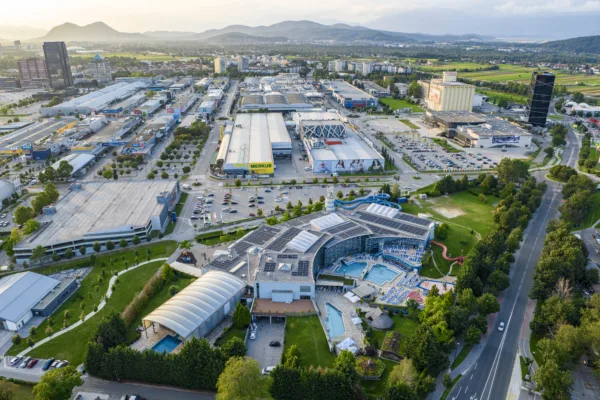News
Demonstration sites
Creating social and inclusive housing where we address the need for inclusive processes in the circular transformation of social housing.
Transforming through symbiotic relationships where we will focus on optimising materials flow when rethinking urban landscapes in cities.
Reconciling cities with nature where we will design livable habitats and functional ecosystems from a multispecies perspective while rebalancing ‘land use’ to accommodate resource generation and biodiversity.
Creating social and inclusive housing
Addresses the need for inclusive processes in circular transformation of social housing.
Transforming through symbiotic relationships
Focuses on how to optimize use of materials flow when rethinking urban landscapes in cities.
Reconciling cities with nature
Is about designing livable habitats and functional ecosystems from a multispecies perspective while rebalancing ‘land use’ to accommodate resource generation and biodiversity.


















